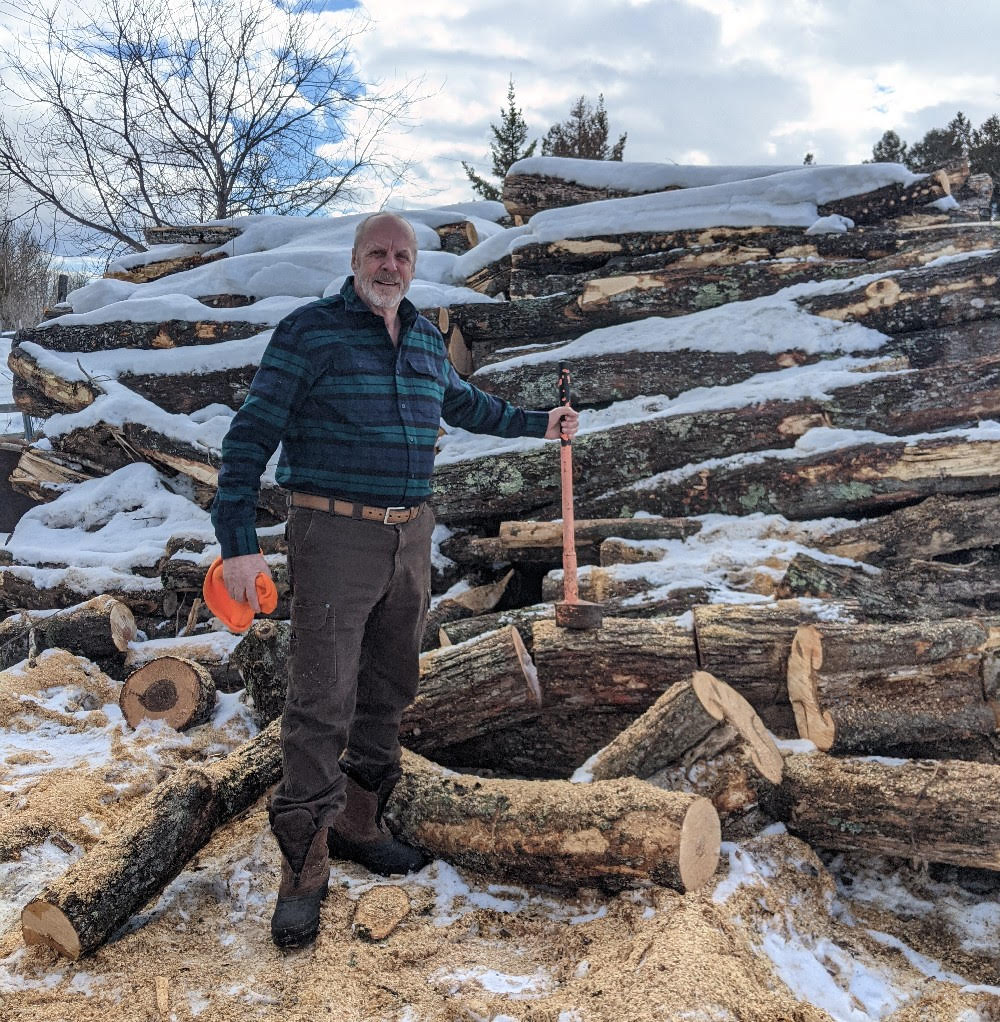GRAYLING, Mich. (Michigan Back Roads) – At one time, Wellington Farm was an actual community in northern Michigan. In that era, between the 1880s and the early 1900s, farming had replaced lumbering as the main activity. In 1918, the Wellington Farm post office closed. After that, those services were provided by the post office in Grayling. With the loss of postal services, businesses and people began to move away. Eventually, all that remained were a few scattered buildings.
A few years ago, one man began creating a living history farm, now called Wellington Farm USA. He collected farm equipment, authentic buildings, and stories and histories from around the region. He built Wellington Farm Park into a living museum. It is located south of Grayling near the site of one of the old post offices.
MORE NEWS: Lakeside Mall Set to be Demolished for Redevelopment
Wellington Farm USA Park is described as a 60-acre, open-air, interpretive museum. The park gives visitors a chance to experience life as it was in rural America. Everything is as it would have been in 1932 during the Great Depression. There are several restored buildings, including a Blacksmith Shop, Grist Mill, Sawmill, Carpenter’s Shop, Machine Shed, Farmer’s Market, and Summer Kitchen. The old barnyard serves as a petting zoo. All the shops are functional with restored and authentic equipment inside. During the season, based on availability, craftsmen are in these shops, doing the work in the same way and with the same tools as in the 1930s. Everything is arranged so the visitor can experience living history up close.
The General store is a big favorite, offering produce grown locally. Alongside are a variety of flours and grains, produced at the Grist Mill. There are jams, jellies, sauces, and cookbooks. The old Farm Market Building renovation created a Museum of Agriculture, it has a schedule of changing exhibits. The Carpenter’s Shop contains rare woodworking tools used to build structures in the nation’s capitol.
A real jewel on the site is the Stittsville Church. Stittsville, originally named Norwich, had a brief life during the timber era. After 1904 the railroad shut down. Then services and businesses began to close as the lumbermen followed the trees north. By 1917, the population was down to 40. Soon everything was gone except the old church and cemetery. The Stittsville Church was nearly forgotten, and would have been lost, but for the efforts of the folks at Wellington Farm Park. In 2005 they acquired the old church, moved it to the park, and began restoration. Complete with bell tower and bell, the church again stands as it did when it was first dedicated in the 1880s.
Another cool feature of Wellington Farm USA is the system of nature trails. The park is spread out across 60 acres. Trails connect the various buildings. Nature trail loops branch off through the beech/maple forest and across the meadows. There are wildflowers along the paths and the forest floor is covered with a variety of ferns. The meadows and fields are where you find Buttercup, Devil’s Paintbrush, Indian Paintbrush, and others. In spring the birds return from their southern migration. Robins, Tree Swallows, and Bluebirds take up residence in the bird houses and rafters of the 22 buildings of the complex. In total, over 100 birds have been identified in the forests and fields of Wellington Farm USA.
Directions: Wellington Farm Park is south of Grayling, and north of Higgins Lake on Military Road. Military Road runs north and south and is just a few miles west of U.S. 27 and I -75.

Leave a Comment
COMMENTS POLICY: We have no tolerance for messages of violence, racism, vulgarity, obscenity or other such discourteous behavior. Thank you for contributing to a respectful and useful online dialogue.